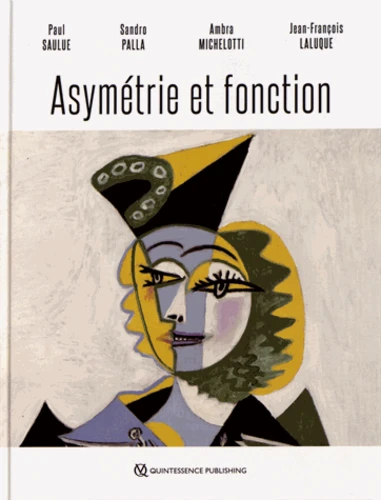Journal of Oral & Facial Pain and Headache, 1/2018
Online OnlyPages e3-e4, Language: EnglishPalla, SandroJournal of Oral & Facial Pain and Headache, 4/2017
Pages 297-298, Language: EnglishPalla, SandroJournal of Oral & Facial Pain and Headache, 1/2017
Pages 97, Language: EnglishPalla, SandroQZ - Quintessenz Zahntechnik, 7/2015
Auf ein WortPages 905-907, Language: GermanKlineberg, Iven / Palla, Sandro / Trulsson, MatsJournal of Oral & Facial Pain and Headache, 4/2015
Pages 331-339, Language: EnglishCioffi, Iacopo / Farella, Mauro / Festa, Paola / Martina, Roberto / Palla, Sandro / Michelotti, AmbrosinaAims: To investigate the effects of the application of an acute alteration of the occlusion (ie, interference) on the habitual masseter electromyographic (EMG) activity of females with temporomandibular disorders (TMD)-related muscular pain during wakefulness.
Methods: Seven female volunteers with masticatory myofascial pain participated in a crossover randomized clinical trial. Gold foils were glued on an occlusal contact area (active occlusal interference, AI) or on the vestibular surface of the same molar (dummy interference, DI) and left for 8 days. The masseter electromyogram was recorded during wakefulness in the natural environment by portable recorders under interference-free, dummyinterference, and active-interference conditions. The number, amplitude, and duration of EMG signal fractions with amplitudes above 10% of the maximum voluntary contraction (activity periods, APs) were computed in all experimental conditions. Muscle pain, headache, and perceived stress were each assessed with a visual analog scale (VAS), and an algometer was used to assess masseter and temporalis pressure pain thresholds. Data were analyzed by means of analysis of variance.
Results: The frequency and duration of the recorded APs did not differ significantly between the experimental conditions (P > .05), but a small and significant reduction of the EMG mean amplitude of the APs occurred with AI (P .05). Neither the VAS scores for muscular pain, headache, and perceived stress nor the pressure pain thresholds changed significantly throughout the entire experiment (P > .05).
Conclusion: An active occlusal interference in female volunteers with masticatory muscle pain had little influence on the masseter EMG activity pattern during wakefulness and did not affect the pressure tenderness of the masseter and temporalis.
Keywords: craniomandibular disorders, electromyography, masseter muscle, occlusal interference, occlusion, temporomandibular disorders
Journal of Oral & Facial Pain and Headache, 3/2015
Pages 311, Language: EnglishPalla, SandroJournal of Oral & Facial Pain and Headache, 2/2015
Pages 113-114, Language: EnglishPalla, SandroThe International Journal of Prosthodontics, 5/2014
DOI: 10.11607/ijp.2014.5.e, PubMed ID (PMID): 25191880Pages 411-412, Language: EnglishKlineberg, Iven / Palla, Sandro / Trulsson, MatsJournal of Oral & Facial Pain and Headache, 3/2014
Pages 284, Language: EnglishPalla, SandroAmerican Academy of Orofacial Pain and International Conference on Orofacial Pain and Temporomandibular DisordersJournal of Craniomandibular Function, 2/2014
Open AccessPages 105-116, Language: English, GermanPalla, SandroMonotonous, long-lasting and low-intensity muscle contractions are considered a relevant physical risk factor for work-related muscle pain. There is some evidence that parafunction (bruxism) whilst awake is characterized by low-intensity and long-lasting muscle activity and that the masticatory muscles behave like the trapezius muscle during this type of contractions. Therefore, parafunction whilst awake has the potential but is not a sufficient cause to elicit masticatory muscle pain. This review briefly describes why parafunction whilst awake cannot cause by itself masticatory muscle pain by explaining analogies with work-related muscle pain, a condition that has been studied in great detail.
Keywords: masticatory muscle pain, muscle pain, myofascial pain, bruxismus whilst awake, wake-time bruxism, bruxism





